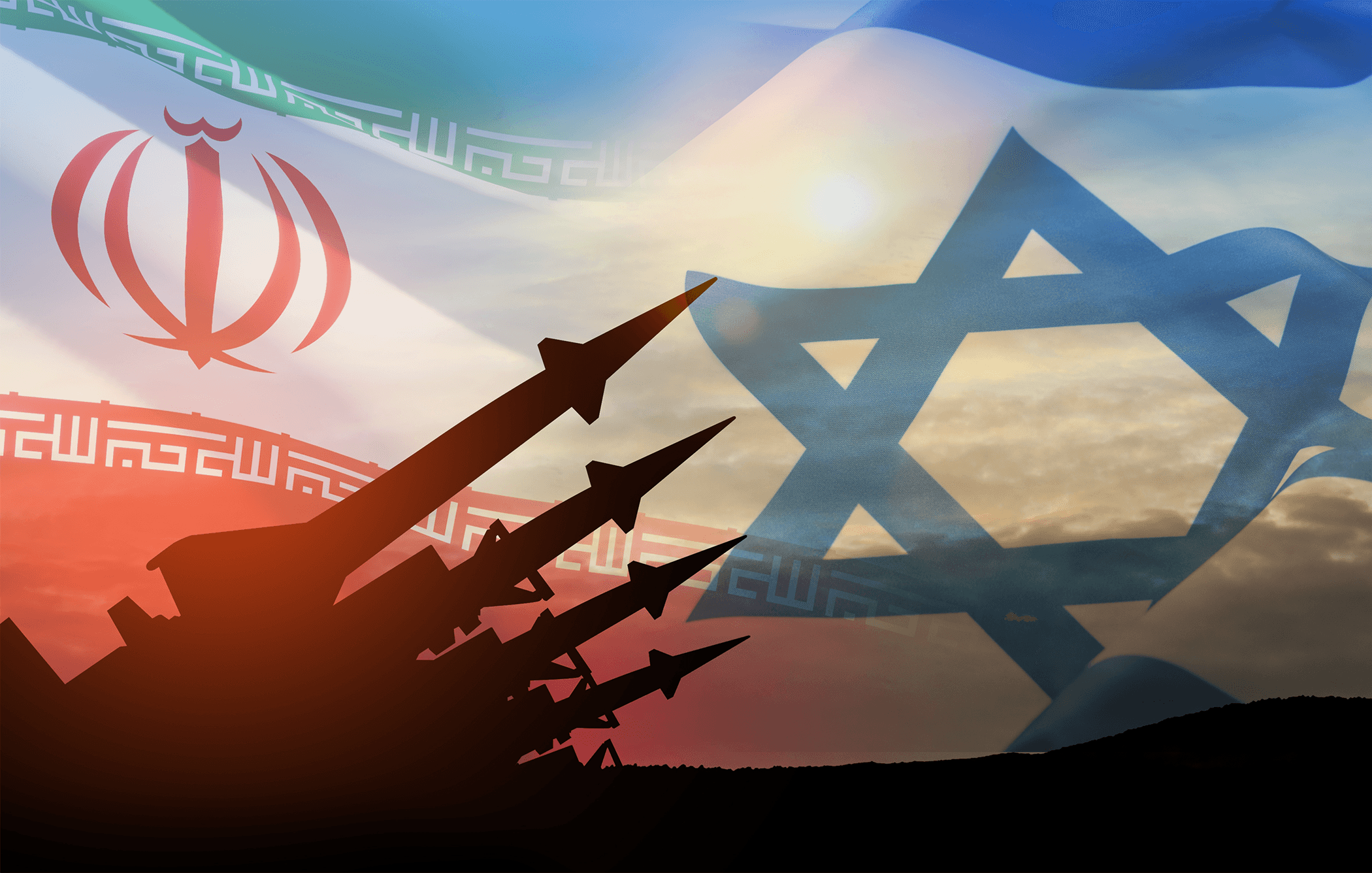Defense & Influence Watch: Europe’s Rearmament and Russian Information Operation
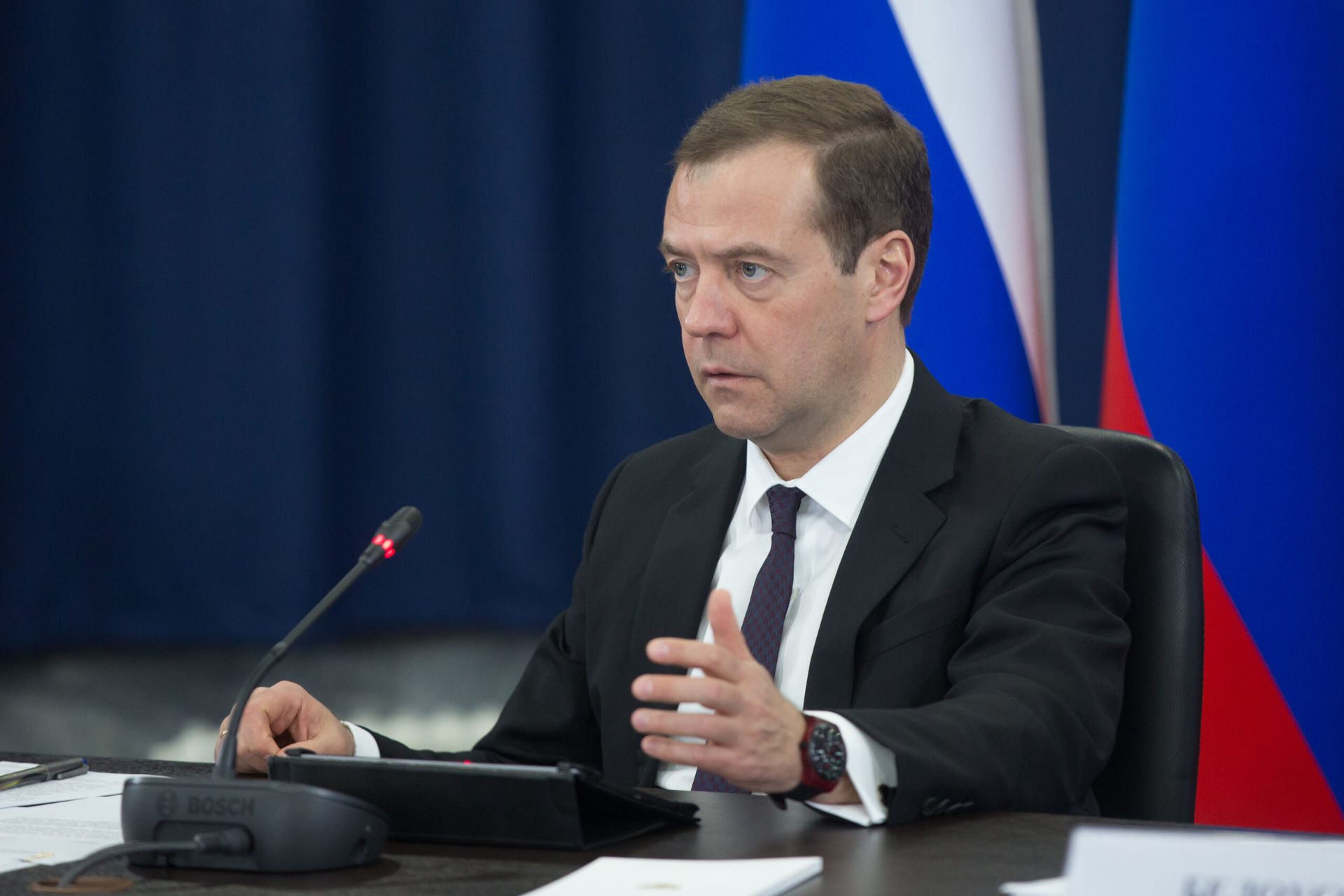
In a marked shift from the post-Cold War era, European governments are accelerating military investments at a scale not seen in decades. This trend, catalyzed by Russia’s full-scale invasion of Ukraine in 2022, has reshaped the strategic environment across the continent and elevated defense policy to the forefront of national agendas.
According to NATO figures, more than 18 member states now meet or exceed the alliance’s 2% of GDP target for defense spending—twice the number recorded just a few years ago. Germany, historically reserved in its military posture, has committed €100 billion in new defense investments. Poland, situated on NATO’s eastern flank, has gone further, allocating over 4% of its GDP to military expenditures, currently the second-highest rate in the alliance after the United States.
Beyond budgetary increases, European governments are rapidly acquiring advanced weapons systems and enhancing readiness. Poland has finalized contracts for U.S.-made F-35 fighter aircraft, HIMARS rocket launchers, and South Korean K2 tanks. Finland, having formally joined NATO, is investing in long-range artillery and modern air capabilities. Sweden has abandoned its historic neutrality, increased defense spending, and reinstated conscription in response to regional security concerns.
At the policy level, several European leaders have called for greater strategic autonomy. French President Emmanuel Macron has advocated for reduced dependency on U.S. security guarantees, while European Commission President Ursula von der Leyen recently stated that the European Union must engage with Washington “from a position of strength.” These remarks, made in the context of trade and security, reflect broader concerns about long-term transatlantic reliability amid shifting U.S. political dynamics.
Meanwhile, the war in Ukraine continues to drive public and political urgency. A recent missile strike on Kryvyi Rih, which resulted in civilian casualties and infrastructure damage, was described by President Volodymyr Zelensky as an act of terrorism. Photographs of the aftermath, widely shared on digital platforms, serve as a reminder of the ongoing intensity of the conflict and Ukraine’s calls for sustained international support.
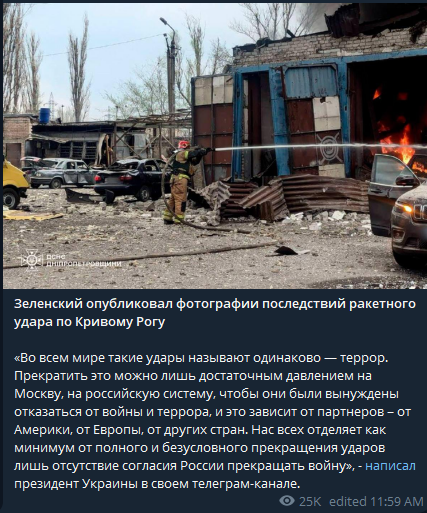
However, Europe’s military response is accompanied by a parallel contest in the information domain. Russian state-affiliated media and Telegram channels continue to disseminate narratives aimed at eroding Western unity and discrediting Ukraine. One such example is the amplification of a report by the Dutch outlet Café Weltschmerz, which alleges ties between Ukrainian intelligence officials and transnational criminal networks. Although the claims remain unverified, they have circulated widely within Kremlin-linked channels as part of a broader effort to question the integrity of Ukraine’s institutions and weaken foreign backing.
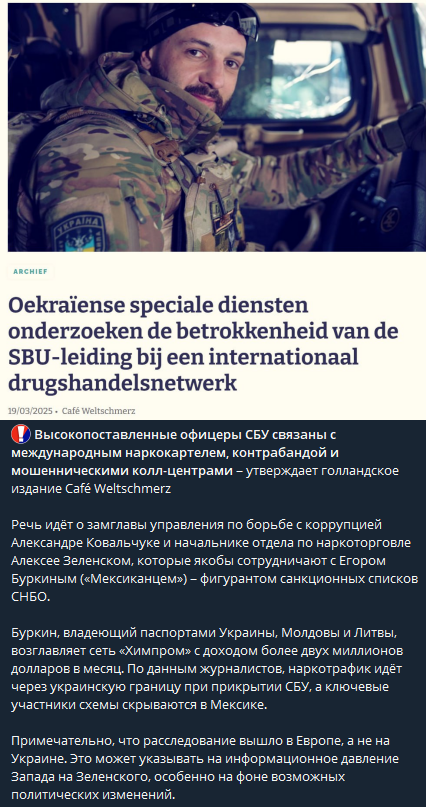
Narratives targeting European domestic affairs have also emerged. Following the recent conviction of French political figure Marine Le Pen, former Russian president Dmitry Medvedev publicly framed the event as politically motivated, suggesting it represented a failure of French democracy. Such commentary aligns with long-standing Russian efforts to portray Western political systems as unstable or repressive.

Yet Europe is not simply reacting—it is recalibrating. Ursula von der Leyen, President of the European Commission, declared in a recent speech that the EU must engage with America “from a position of strength.” Her statement came alongside criticism of Trump-era tariffs and the fragility of relying on U.S. policy consistency. The implication: Europe can no longer trust Washington’s commitment to global security under shifting leadership, and must build independent strategic capabilities.
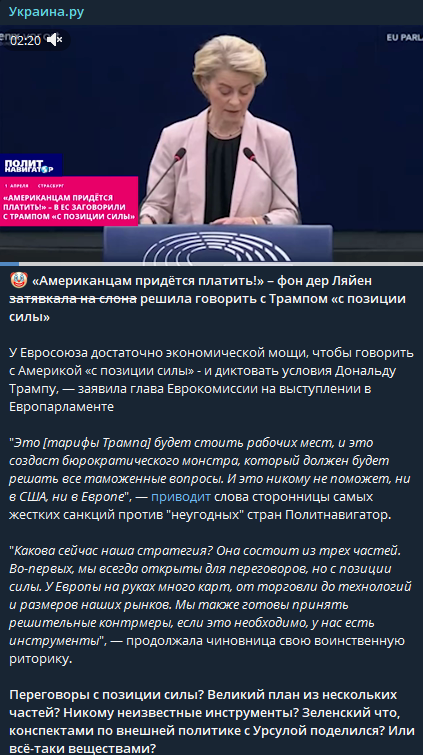
Historical references have also been employed for strategic messaging. A recent post from a Russian-linked outlet commemorated the entry of Russian troops into Paris in 1814—an attempt to frame current geopolitical tensions in the context of past military triumphs. These symbolic gestures form part of a broader campaign to foster national cohesion at home and signal resilience abroad.
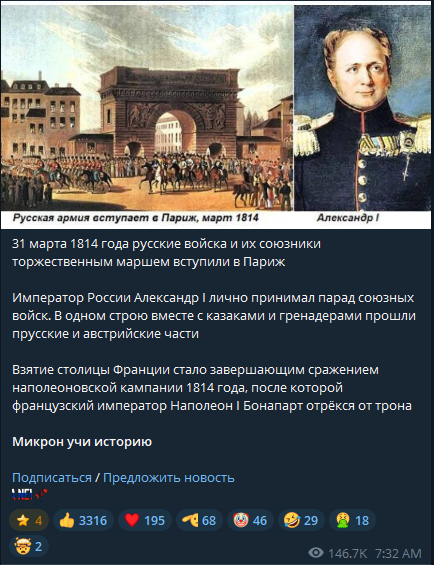
This mix of military escalation and strategic narrative-building underscores the gravity of the current moment. Europe is no longer banking on the post-Cold War “peace dividend.” Instead, it is preparing for confrontation, bolstering its industrial capacity, and seeking geopolitical resilience. Whether this massive rearmament leads to a more stable security architecture or contributes to further escalation remains uncertain. What is clear is that the continent is transforming—and propaganda, both foreign and domestic, is an inseparable part of that process.
For the United States and NATO, Europe’s rearmament has complex implications. While the trend may enhance the alliance’s collective capacity, it also reflects a growing desire among European governments to insulate themselves from potential U.S. retrenchment. The prospect of reduced American engagement—particularly in the context of upcoming elections—has prompted European actors to seek greater self-reliance in defense planning and industrial capacity.
Overall, Europe’s strategic environment is undergoing significant transformation. The rapid expansion of defense capabilities is accompanied by an intensifying information battle, in which state and non-state actors are competing to influence public perception, policy decisions, and international alignments. Whether this reconfiguration leads to enhanced deterrence and cohesion, or introduces new risks of escalation and fragmentation, remains an open question.
More from the author
